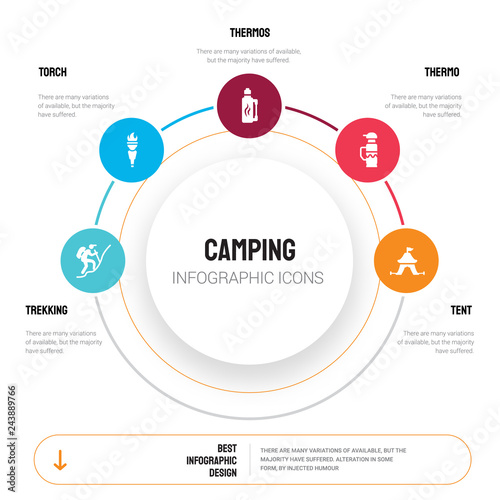The rainfall fly is an essential element of your camping tent, securing it from rainfall, wind and harsh sunlight. Whether you select a sizable multi-room tent or lightweight backpacking camping tent, you'll locate that a top quality rainfly improves your outdoor experiences.
Look for a rainfly with sturdy materials and a high waterproof score. Consider the weight and packability of a rainfly when choosing it for backpacking journeys.
Sleeping Outdoor tents
A rainfly supplies extra defense for your camping tent from unanticipated showers. Its layout deflects rainfall and snow and assists stop water from pooling on the top of your tent. This can create the material to sag and cave, bring about leaks.
Modern rainfly materials include polyurethane or silicone coverings to provide outstanding waterproofing. Lots of additionally include secured joints to avoid water from leaking with stitching. Some even have reflective spots to aid you situate your tent in low-light problems.
Select a rainfly that mirrors the climate and outdoor camping conditions you run into most regularly. For instance, desert campers require a rain fly that blocks wind and UV rays. Backpackers should think about ultralight rainfall flies to reduce pack weight without endangering protection. Try to find flexible attachment factors that allow you to transform the stress on the fly to make sure that it is tight and positioned correctly to prevent leakages. A well-positioned rainfly can additionally manage temperature and reduce condensation inside the camping tent.
Tarpaulin
Tarps are functional pieces of camping equipment, and a tarp shelter can be among one of the most comfy choices for camp. In addition to having the ability to be configured in endless ways, tarpaulins likewise have a tendency to require less equipment than camping tents and are much lighter in weight.
A major benefit to tarp sanctuaries is that they allow for enough ventilation. While this can be a drawback for some campers, that may choose to have a much more enclosed area, it is an important factor in maintaining owners from overheating and lowering the build-up of condensation that can compromise the material.
Just like other setups, when setting up a tarpaulin shelter, see to it the ridge line is established at an angle to help straight rainfall and snow away from the sanctuary. A great ridgeline can likewise keep wind from blowing the tarp around. Ensure the tarpaulin is secured appropriately with appropriate connecting techniques, such as a prusik knot (or gliding knot), at heights that produce enough head space and are not a stumbling danger, and incline the tarpaulin properly for drainage.
Coverage
A rainfly is among the most vital items of outdoor camping equipment to induce any type of trip. It secures your outdoor tents from weather condition that can swiftly alter, enabling you to remain comfortable and appreciate your wild journeys.
Modern rain fly styles provide more than simply waterproof protection. Some have integrated solar panels to aid you keep billed on the go, while others have adjustable vents for air flow to mitigate condensation buildup. Picking a rainfly that fits your requirements and choices is vital for the overall experience.
Look for lightweight materials, such as nylon or polyester, and polyurethane layers to increase water resistance. Additionally consider the rainfly's head hydrostatic stress score, which aids you assess its capacity to endure rains and wind. Remember that rainfall flies typically eco-friendly have to be cleansed after each use, considering that dirt can wear on the water-proof layer. It's ideal to clean and shop it in an amazing, dry area to stay clear of mold and mold.
Sanctuary
A rainfly is an essential piece of equipment for your hammock, safeguarding you from the elements and guaranteeing that you can sleep conveniently. When choosing a rainfly, think about the environment and problems in which you'll be outdoor camping. As an example, exotic settings might call for a rain fly that has high moisture and UV defense. Various other considerations include fabric type and weight. Try to find options that are light-weight and made from sturdy products that resist abrasions and stains.
If you do not have a rainfall fly, you can develop a makeshift sanctuary using a tarp. Nevertheless, it's best to establish your rain protection first before putting up the rest of your tent. This guarantees that you can rapidly and quickly get in and out of your hammock in the event of an abrupt tornado or adjustment in weather. Also, see to it that your rain fly is properly anchored to stop flapping in the wind. Remember that rainfall flies and pest nets need to be cleansed on a regular basis to avoid mud, mildew and mold and mildew from developing over time.
